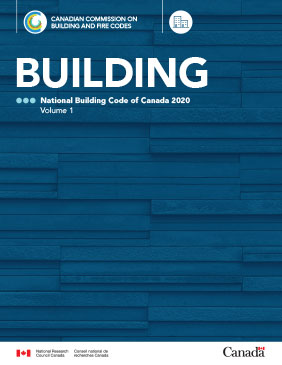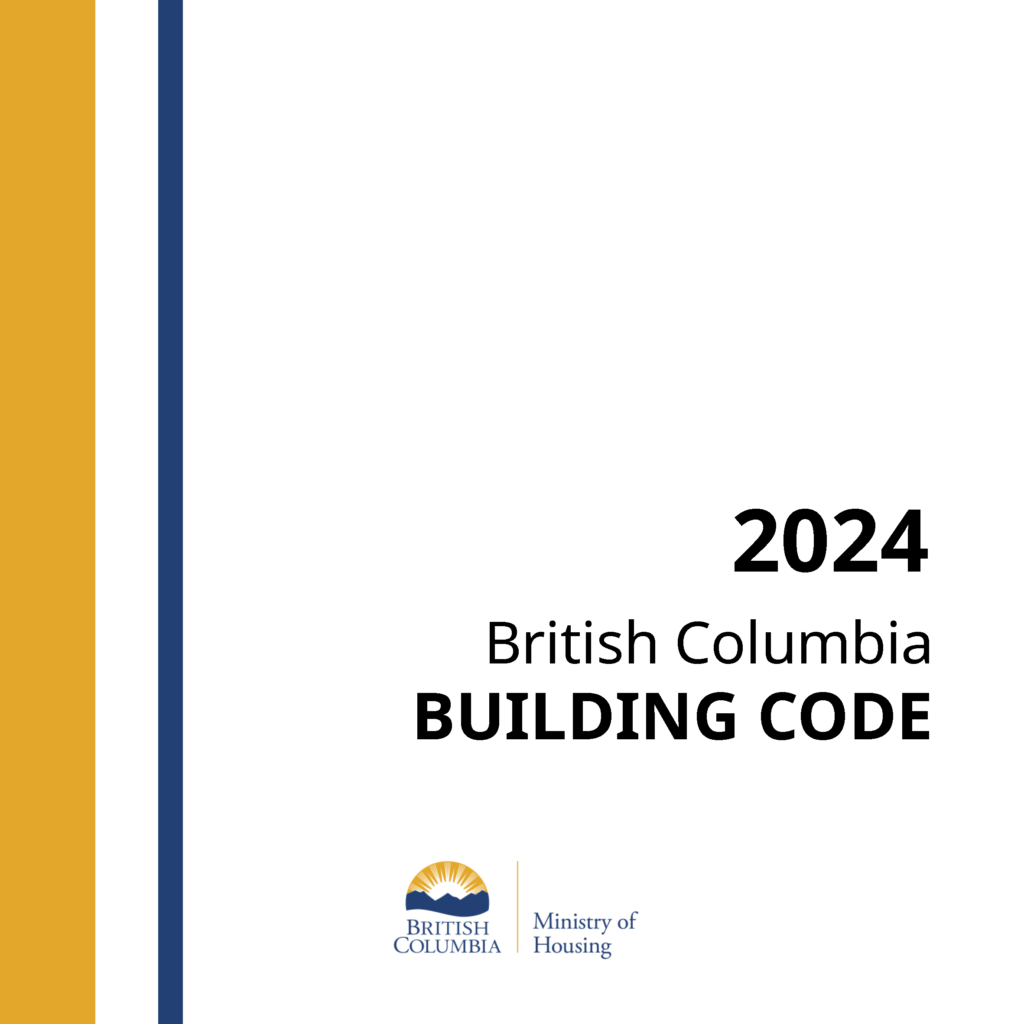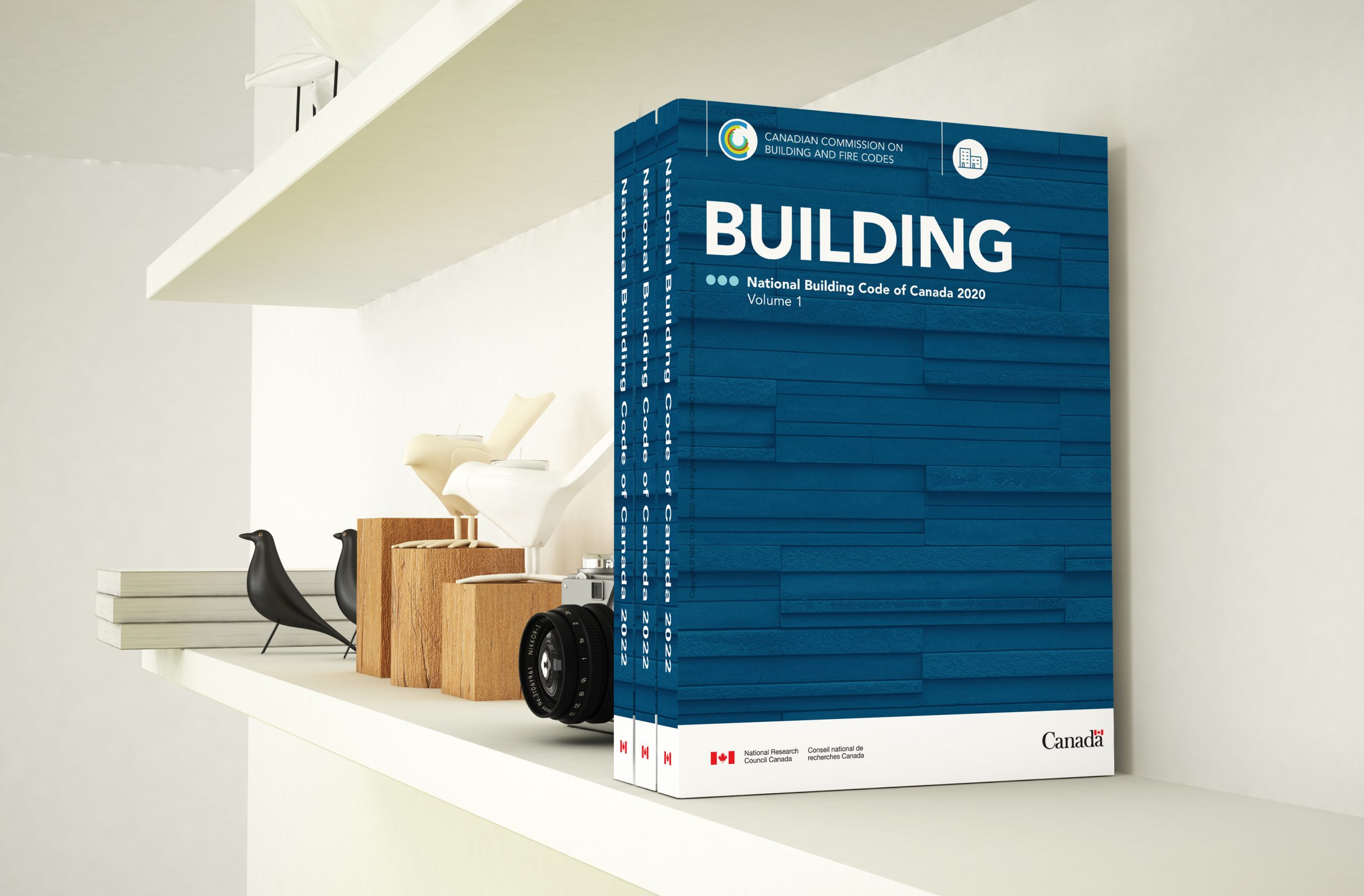Building codes and regulations play a crucial role in ensuring the safety, durability, and sustainability of construction projects across Canada. With its diverse climate and unique geographic challenges, Canada’s construction industry is governed by a comprehensive system of building codes that reflect national standards as well as provincial adaptations. This paper provides an overview of the national and provincial building codes, their structure, and their importance in maintaining high construction standards in Canada.
National Building Code of Canada (NBC)
The National Building Code of Canada (NBC) serves as the foundational framework for construction and building standards across the country. Developed by the National Research Council (NRC) and updated periodically, the NBC outlines minimum requirements for safety, health, fire protection, accessibility, and energy efficiency. While the NBC provides a uniform approach, it is not mandatory unless adopted by provincial or territorial authorities, which allows for regional adaptations based on specific needs and conditions.

Key Elements of the NBC
- Structural Integrity: The NBC provides guidelines to ensure that buildings are designed to withstand loads such as wind, snow, and seismic activities, which are particularly relevant given Canada’s variable climate.
- Fire Safety: The NBC includes extensive provisions on fire safety, focusing on fire-resistant materials, fire alarms, sprinkler systems, and the safe evacuation of occupants.
- Accessibility: The code also outlines requirements to ensure that buildings are accessible to individuals with disabilities, addressing elements like ramps, door widths, and accessible washrooms.
- Energy Efficiency: In recent years, the NBC has increasingly emphasized energy efficiency, promoting insulation, ventilation, and energy-saving measures to reduce the environmental impact of buildings.

Provincial and Territorial Building Codes
While the NBC serves as the national benchmark, construction in Canada is regulated at the provincial and territorial levels. Each province and territory is responsible for adopting the NBC, often with modifications to reflect local conditions and priorities. This results in unique building codes across the country, though the general framework remains consistent.
British Columbia Building Code
British Columbia (BC) is known for having one of the most progressive building codes in the country. In addition to adopting the NBC, the BC Building Code emphasizes energy efficiency and sustainability. Notably, BC has introduced the BC Energy Step Code, a voluntary standard that sets performance-based requirements to encourage the construction of energy-efficient buildings.

Ontario Building Code
Ontario, home to one of Canada’s largest construction markets, has its own Ontario Building Code (OBC). The OBC reflects the NBC but incorporates stricter guidelines for energy efficiency and accessibility. Ontario’s Green Energy Act has also influenced its building codes, pushing for more energy-efficient construction practices.
Quebec Construction Code
In Quebec, the Code de construction du Québec governs construction practices. It integrates elements from the NBC while emphasizing specific requirements for insulation, given the province’s cold winters. Quebec also has stringent seismic design requirements, especially in regions prone to earthquakes.
Alberta Building Code
Alberta’s building code is closely aligned with the NBC but includes additional provisions to address the province’s extreme weather conditions, such as severe snow loads and high winds. The Alberta Building Code also contains specific guidelines for industrial and commercial buildings due to the province’s robust energy sector.
Key Differences Between National and Provincial Standards
While the NBC provides a consistent baseline, the variations in provincial building codes reflect regional needs:
- Climate Considerations: Provinces like Quebec and Alberta place a heavier emphasis on insulation and snow load requirements due to harsher winters, while British Columbia focuses on seismic safety and energy efficiency.
- Sustainability: British Columbia and Ontario have introduced specific energy efficiency codes, going beyond the NBC’s requirements to encourage greener construction practices.
- Seismic Safety: Provinces in earthquake-prone areas, such as British Columbia and Quebec, have more stringent seismic design guidelines to ensure buildings can withstand earthquakes.
The Role of Building Inspections and Enforcement
The effectiveness of building codes depends on their enforcement. Local municipalities are responsible for overseeing building permits and inspections to ensure that construction projects comply with national and provincial regulations. Inspections typically occur at key stages of construction, such as the foundation, framing, and final completion. Any deviations from the code must be corrected before a project is approved, ensuring that all buildings meet the required standards.

The Evolution of Building Codes in Response to Changing Needs
Canada’s building codes are not static; they evolve in response to technological advancements, environmental concerns, and lessons learned from past disasters. The recent focus on energy efficiency and climate resilience reflects the growing awareness of the environmental impact of buildings. Additionally, major events such as earthquakes or fires often prompt updates to safety standards.
For example, after significant forest fires in British Columbia, the province updated its building code to include more rigorous fire safety requirements in fire-prone areas. Similarly, advancements in materials science have led to new building techniques that are more sustainable and efficient, driving changes in the codes.
Conclusion
Canada’s building codes, both at the national and provincial levels, form the backbone of the country’s construction industry. They ensure that buildings are safe, sustainable, and tailored to the specific needs of each region. While the National Building Code provides a comprehensive framework, the provincial and territorial adaptations reflect the diverse geographic and climatic conditions across Canada. Through ongoing updates and enforcement, these codes help maintain high standards in construction, contributing to the safety and well-being of Canadians.

